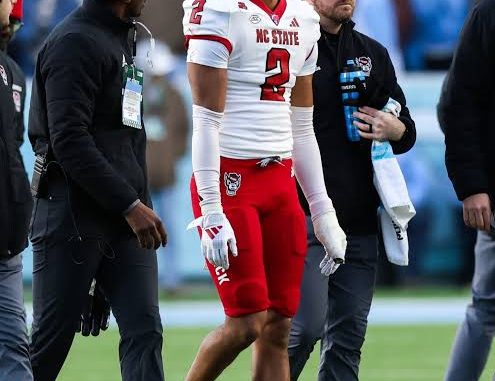
Brandon Cisse made headlines recently when he joined NC State’s athletic collective, only to decide to transfer a month later. This rapid transition underscores the fluidity and unpredictability common in collegiate athletics, particularly in the era of the NCAA’s Name, Image, and Likeness (NIL) opportunities. Cisse, a talented wide receiver, initially saw promise in joining the Wolfpack, a program known for its competitive spirit and commitment to player development. However, after a brief period of adjustment, it appeared that the situation did not align with his aspirations or expectations.
The decision to transfer from NC State shortly after joining the collective raises questions about the motivations behind such moves. For many athletes, the chance to engage with NIL programs offers financial incentives and opportunities to build their personal brands, making it a critical factor in their collegiate experience. However, Cisse’s quick departure suggests that other elements—such as coaching philosophies, team dynamics, or personal fit—may have played a significant role in his decision.
As Cisse explores his options at other programs, the implications of his move extend beyond personal considerations. It highlights the ongoing evolution of college athletics, where players now wield more power over their choices than ever before. For fans and analysts, this trend reflects a broader shift in how programs recruit and retain talent while grappling with the increasing influence of NIL deals.
Ultimately, Brandon Cisse’s brief tenure at NC State serves as a reminder of the complexities and challenges faced by student-athletes. As they navigate their careers amidst shifting landscapes, their decisions resonate throughout the collegiate sports community, with each choice shaping not only their futures but also the programs they represent.

Leave a Reply